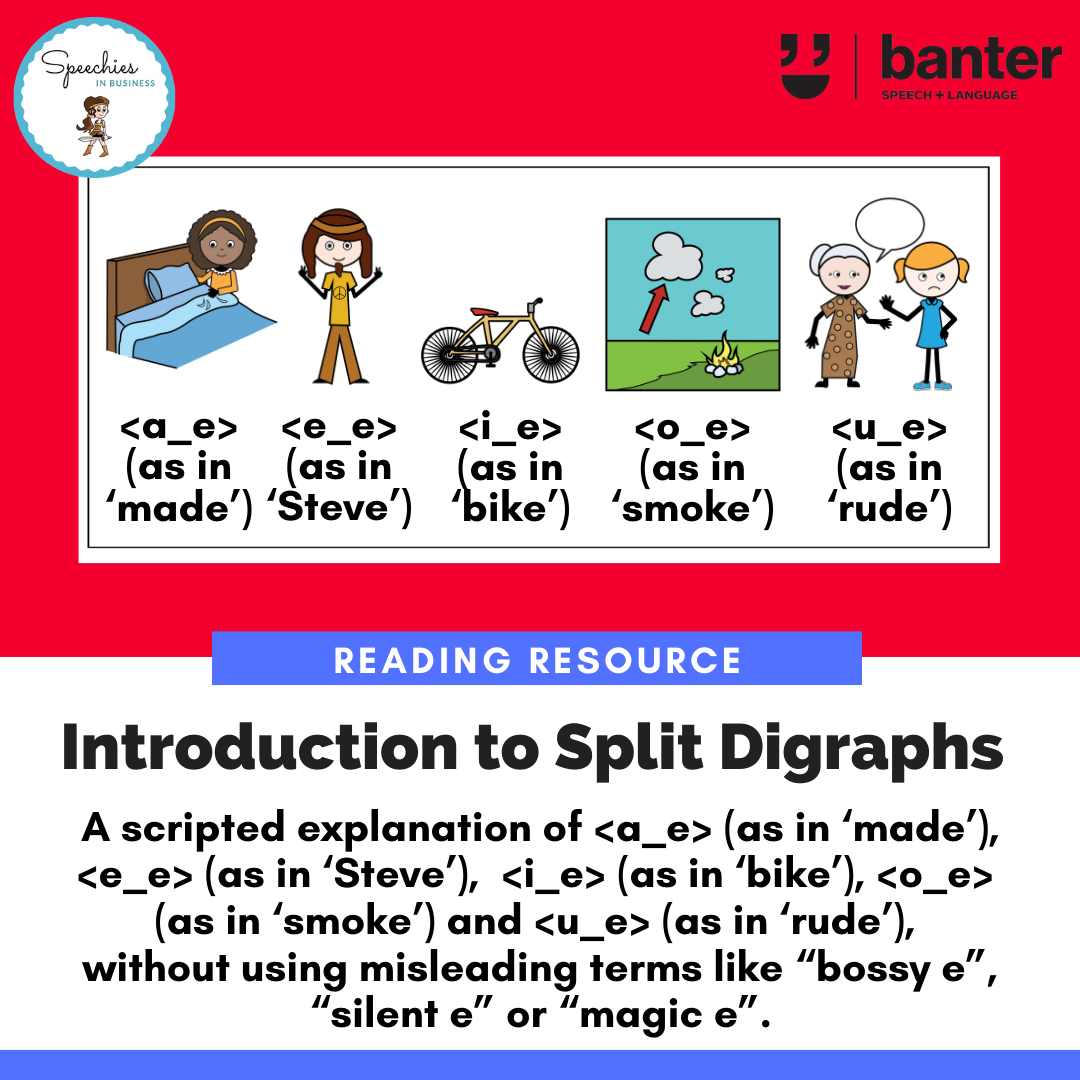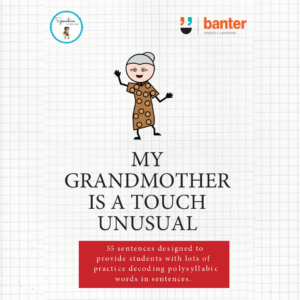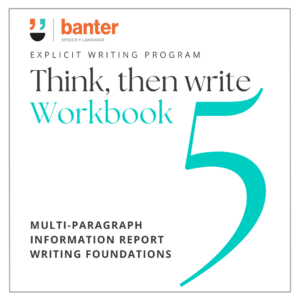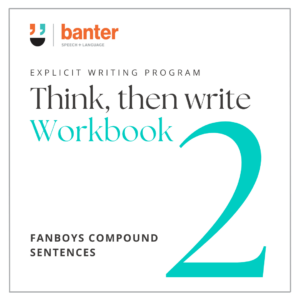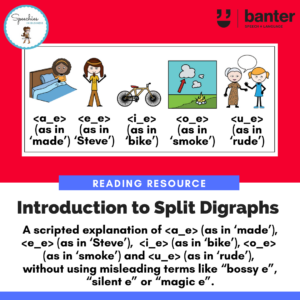(R307) Reading Resource: Introducing Split Vowel Digraphs
Original price was: $3.99.$0.00Current price is: $0.00. including GST
Once students have learned the basic code, to decode CVC, CCVC and CVCC words, and to attack polysyllabic words, they are ready to learn that:
-
- English has other vowel sounds; and
- some of them are spelled with <a_e>, <e_e>, <i_e>, <o_e> and <u_e> split vowel digraphs (i.e. two letter combinations), like “make”, “Steve”, “fine” and “rule”.
In this scripted introduction to split vowel digraphs, we explain what they are, how to spot them in written words, and how to pronounce them, all in Plain English without resorting to “magic”, “bossy” or “silent” adjectives.
Description
Outdated terms like “bossy e”, “magic e” and “silent e” are misleading and confusing to many students. After all, all letters are silent (unlike the speech sounds linked to letters and letter combinations), and letters can’t be bossy for the simple reason that they are not sentient! There is nothing “magic” or mysterious about some of the most frequently used letter combinations in English. It’s time to demystify split vowel digraphs and to teach them properly.
Once students have learned:
-
- the basic code (including the short vowels <a>, <e>, <i>, <o>, and <u>);
- to decode consonant-vowel-consonant (CVC), consonant-consonant-vowel-consonant (CCVC) and consonant-vowel-consonant-consonant (CVCC) words;
- to attack polysyllabic words (including words with high frequency bound morphemes like “-ing” and “-er”),
they are ready to learn that (i) English has other vowel sounds; and (ii) some of them are spelled with <a_e>, <e_e>, <i_e>, <o_e> and <u_e> split vowel digraphs (i.e. two letter combinations), like “make”, “Steve”, “fine” and “rule”.
In this scripted introduction to split vowel digraphs, we explain what they are, how to spot them in written words, and how to pronounce them, all in Plain English without resorting to “magic”, “bossy” or “silent” adjectives.
This resource leads naturally into our <a_e>, <i_e>, <o_e>, <u_e> and <e_e> split vowel digraph sentence resources, available at:

